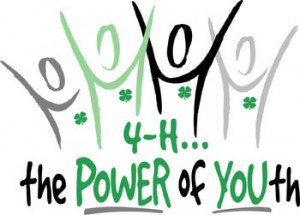 “My 4-H achievement record is a waste of time that no one will ever look at,” a teen grumbled at me this summer. I disagreed.
“My 4-H achievement record is a waste of time that no one will ever look at,” a teen grumbled at me this summer. I disagreed.
Now that I’m the mother of a daughter on the quest for college acceptance letters and scholarship offers, I can back up my disagreement. Each college has its own questions on its application. They want more than the grades and test scores; they want to see a well-rounded person. As a youth development program, 4-H can make that happen.
Each year, we update my kids’ 4-H achievement records. It’s a headache and a pain. I rank it as being just as pleasurable as filing income taxes and having my toenails yanked off one at a time.
However, that lifetime 4-H record is a lifesaver with college and scholarship applications. Different applications ask information about activities in different ways. Whatever they ask, the 4-H record has the answer:
- Membership and offices
- Community service
- Awards
- Workshops
For years, in our 4-H achievement record workshops, we have encouraged members to include outside community service and other activities on their records. Now that I see my daughter completing these applications, I see even more benefit to this practice.
As a high school senior, it’s hard to remember every accomplishment and activity for all 4 years of high school. The achievement record gives a quick reference that answers questions, saving time and improving the overall quality of the application submitted. Further, with varied essay questions, the 4-H record offers substantive background. College and scholarship applicants can illustrate with concrete examples a strong depth of involvement, beyond the club name and office title.
Hint to 4-H members and their families: make the time to do those achievement records well. It is definitely worth it come college application time.
(© 2011 Mary Biever)



